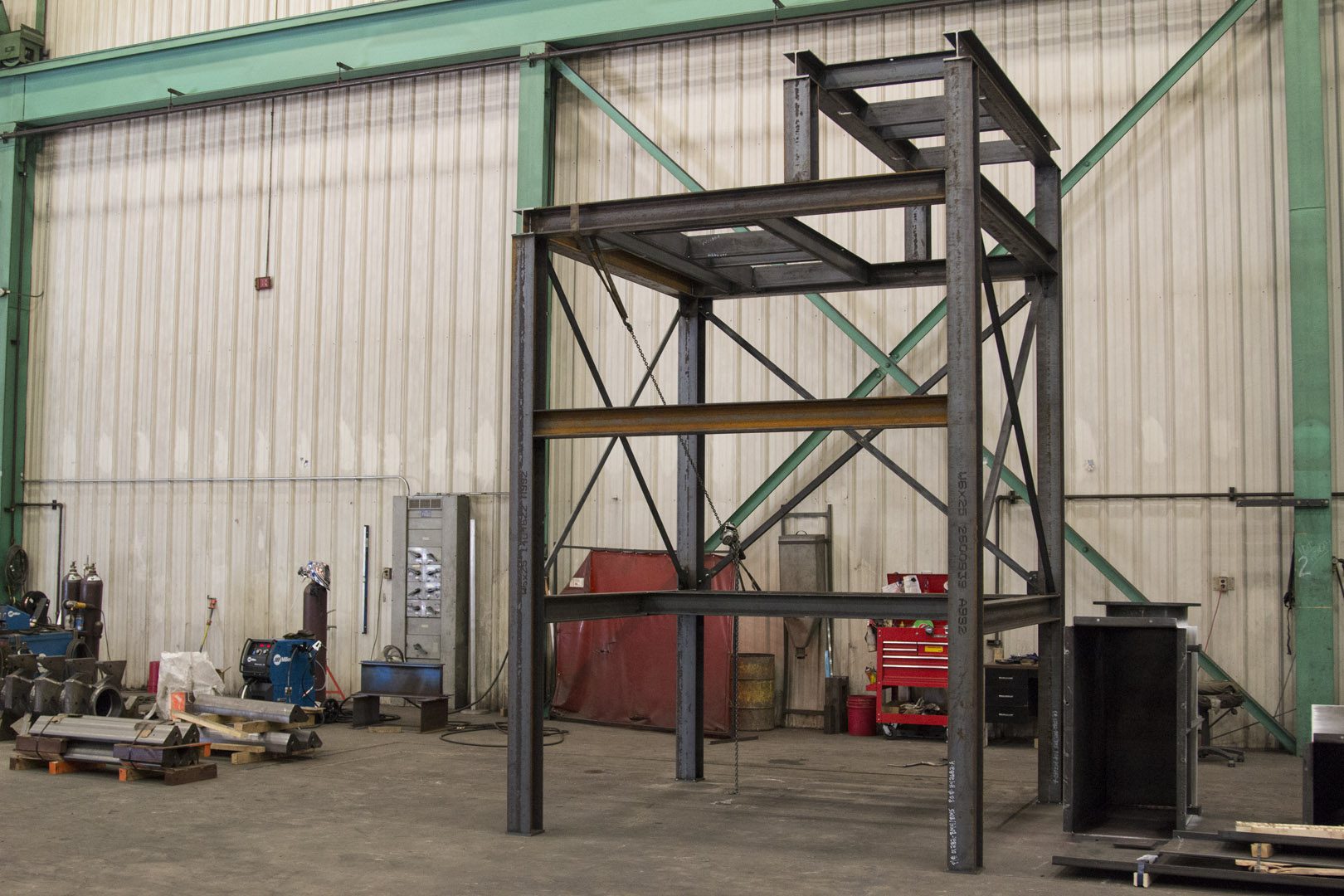Advantages to Structural Steel Construction Over Others
Structural Steel has evolved over the decades to be the building material of choice for everything from small residential homes to skyscrapers. When architects and contractors make the decision to use structural steel over other materials such as concrete or wood, they do so because of steel’s overwhelming benefits when compared to many other building materials. Even if concrete must be utilized as the building material, it benefits greatly from the addition of a structural steel frame. Brick and wood carry with them a distinct aesthetic appeal, but design flexibility often takes a back seat. For freedom of design, strength of integrity and ease of maintenance, structural steel is the smart choice.

Durability
- Structural Steel is superior in strength and it does not age or decay as quickly as other construction materials.
- With a much higher strength-to-weight ratio (the strength of a material over its density) and tensile strength (ability to withstand stress from tension), structural steel will make for a lighter building that requires a less substantial and expensive foundation.
Constructability
- The strength, stiffness, toughness, and ductile properties of structural steel allow it to be fabricated into an endless variety of shapes.
- Steel structures are assembled by bolting or welding the pieces together on site as soon as they are delivered as opposed to concrete, which takes weeks to cure before construction can continue.
- Distribution of a building’s compression and tension stress among steel beams allows architects more freedom with design space and the ability to make last minute alterations.
Cost Effectiveness
- Standardization and regulatory policies have made structural steel components dependable and easy to erect after their fabrication. Streamlined efficiency transfers to saved time and money, as well as an earlier return on investment and reduced interest charges.
- Short construction periods also facilitate less of a disruption to the neighborhood of the site being developed. Opting for structural steel can save the developer money on community public relations and government building permits.
- Steel prices have been steadily dropping. Conversely the metallurgy and steel fabrication industries have seen considerable technological developments. Productivity advances in the steel supply chain mean that developers have unfettered access to quality structural steel at a bargain cost.
Safety
- Even though steel is a noncombustible material, the International Building Code requires that it be completely coated in a fire-resistant material as its strength and integrity become significantly compromised in the instance of a fire.
- Water resistant coatings are also advisable to prevent structural steel from corroding. Fire-resistant coatings are typically also water resistant.
- Structural steel lacks the porosity necessary for mold and mildew growth, making it an ideal choice for residential buildings.
- Off site fabrication and fast component assembly makes structural steel inherently safer to manage at the construction site.
- Steel is endlessly recyclable, making it also safe for the environment.
Structural steel has a few drawbacks when compared to other building materials like concrete, brick and wood, but the advantages clearly balance the scales in its favor. The most notable concern once was the material’s reaction to water and extreme temperatures, but that problem has been addressed by the industry and standardizing organizations. Expect the list of advantages to grow as the use of structural steel continues to proliferate, and advances is design and technique continue to be made.

